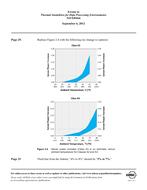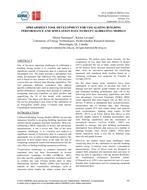Concern over providing acceptable indoor air quality (IAQ) while minimizing associated energy consumption has raised attentions toward optimizing HVAC equipment. Energy recovery ventilators (ERVs) transfer energy between conditioned exhaust air and outdoor ventilation air to reduce the energy demand of HVAC system. An ERV may operate in (1) full-load, (2) part-load, or (3) full bypass (no energy transfer) condition. In this paper, based on minimization of HVAC system energy consumption, an optimal strategy to control the operation of an ERV is concluded and compared to other control alternatives in the literature. The paper explains the dependency of the optimal control strategy to the ERV’s latentto- sensible effectiveness ratio and outdoor conditions. Potential energy savings with an optimized system is investigated by TRNSYS simulation of an office building in four North American cities as representatives of major climates. The results showthat anERVcan lead to significant annual heating energy saving (about 35% in cold climate) and annual cooling energy saving (up to 20%), provided the ERV has the capability to transfer moisture and is properly controlled. Also, it is shown that IAQ can be improved during the winter, since employingERVs humidifies cold-dry outdoor air.
Citation: ASHRAE Transactions – Volume 120, Part 1, New York, NY
Product Details
- Published:
- 2014
- Number of Pages:
- 11
- File Size:
- 1 file , 3.3 MB
- Product Code(s):
- D-NY-14-035


